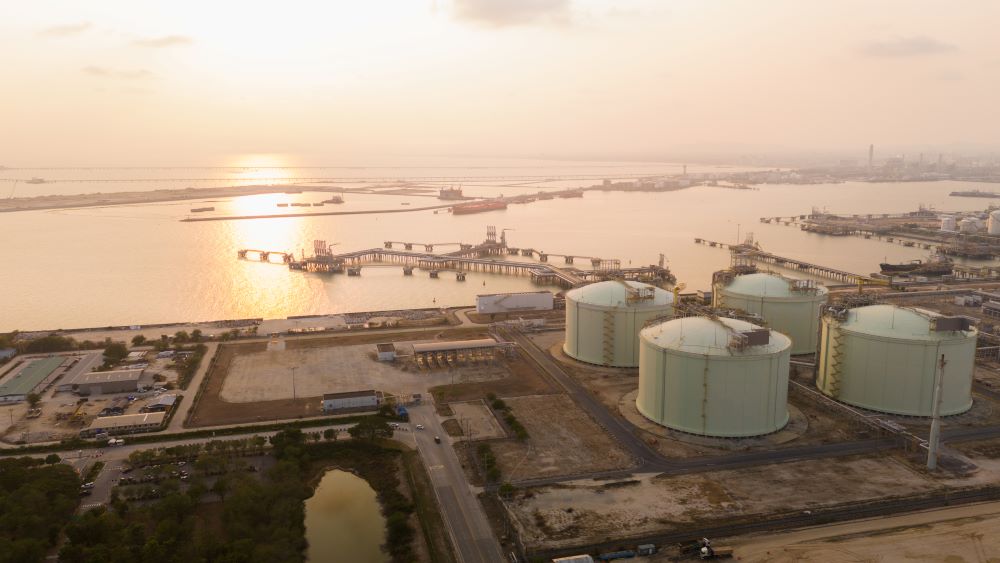Once you’ve selected a floating roof seal, proper maintenance is key to ensuring it functions well and lasts as long as possible. Several factors of Floating Roof Seals Maintenance Requirements will determine how much upkeep your seal requires.
Seal Material
The material you choose for your seals, like aluminum, stainless steel, or fabric-reinforced rubber, will affect how often it needs maintenance. Fabric and rubber seals typically require more frequent inspections and repairs than metal seals. Check with your seal manufacturer for their recommended maintenance schedule based on the specific material and your operating conditions.
Environmental Conditions
Harsher environments, like those with extreme temperatures, high humidity, or exposure to chemicals, can accelerate wear and tear on seals. More demanding conditions may require monthly inspections versus quarterly. It’s best to perform inspections during seasonal changes when seals experience the most stress.
Usage Frequency
The more often your floating roof tank is in use, the more frequently you’ll need to maintain the seal. Seals on tanks that are in continuous service may need maintenance checks every 4 to 6 weeks. For tanks used intermittently or seasonally, you can likely extend the interval between inspections.
Early Warning Signs
Be on the lookout for signs that your seal needs maintenance or repair, like visible damage, tears, cracking, or holes in the seal material. You may also notice the seal not resting properly against the tank wall, allowing vapors to escape. Performing regular seal inspections and repairs as soon as issues are detected will help maximize the lifetime of your floating roof seal.
With routine inspections and quick action when needed, you can keep your floating roof seal in good working condition. Establishing a comprehensive maintenance plan customized for your specific seal and operating conditions will ensure safe, efficient, and environmentally friendly storage of materials in your floating roof tank.




